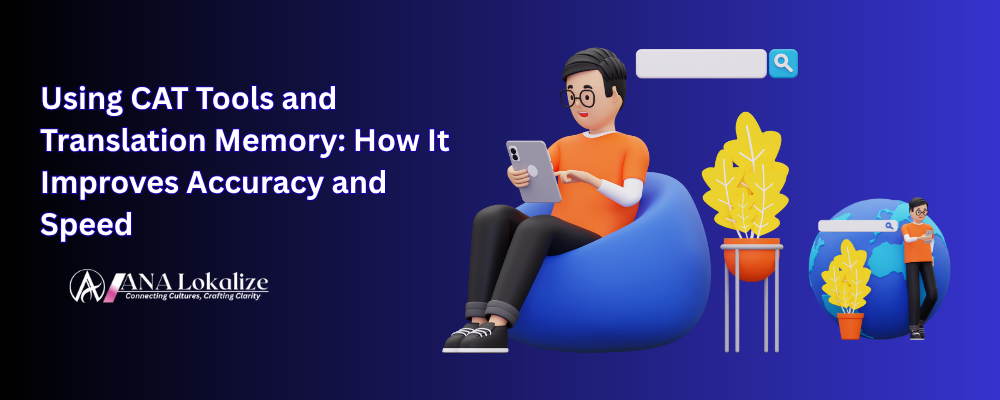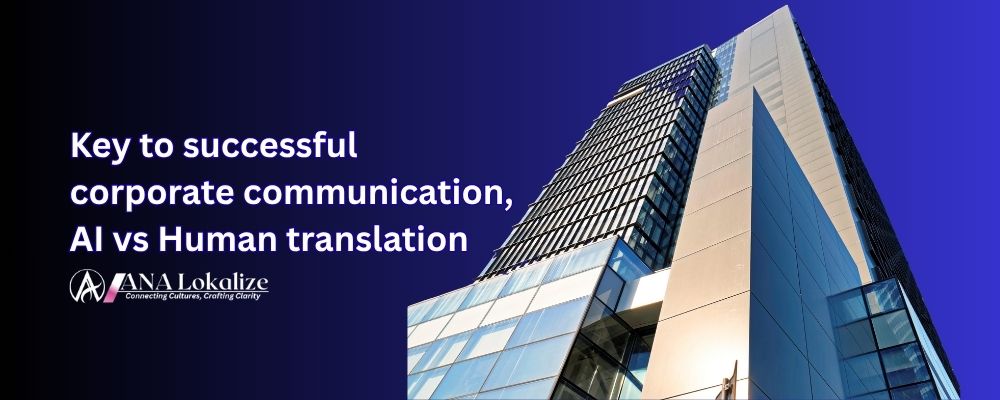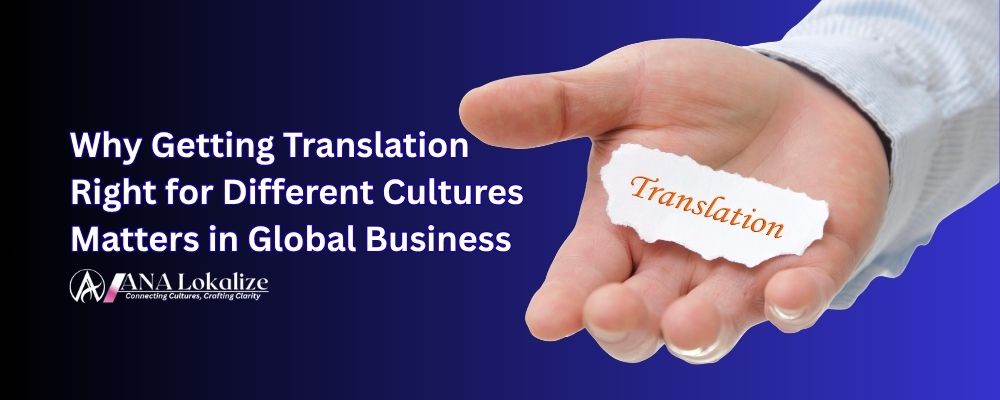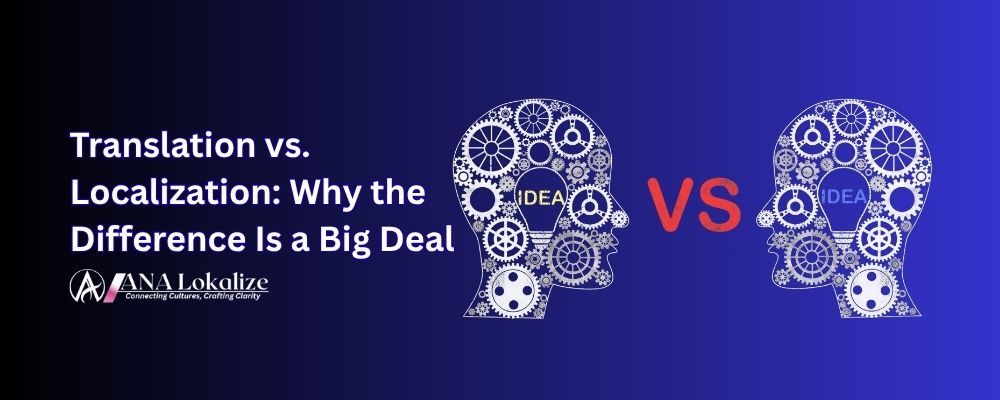Using CAT Tools and Translation Memory: How It Improves Accuracy and Speed

What are CAT Tools?
CAT stands for Computer-Assisted Translation. These tools help translators, not replace them. They organize text, suggest translations, and store past work.
Popular tools include SDL Trados, memoQ, Wordfast, and Smartcat. Each works differently, but they share the same purpose: help translators work faster while staying accurate.
How CAT Tools Work
A CAT tool splits text into smaller parts called segments. These are usually sentences or short phrases. As the translator works, the tool checks each segment against past translations.
If the same sentence was translated before, the tool suggests it. If a similar one exists, it suggests a “fuzzy match.” The translator can then accept, adjust, or reject it. Over time, the database grows stronger.
What is Translation Memory?
Translation Memory (TM) is the core of every CAT tool. It stores each source sentence and its approved translation. Think of it as a growing library built by the translator.
When a new project starts, the tool searches the TM. It looks for exact matches, near matches, or no matches at all. This saves time and ensures consistent wording across all projects.
Why Translation Memory Matters
1. Accuracy stays high
Once a phrase is translated and stored, it can be reused. The term “safety guide” will never appear as “manual of safety” by mistake.
2. Speed improves
Translators don’t rewrite the same line ten times. They just confirm what’s already stored. This is a big help for manuals, contracts, and product descriptions.
3. Costs go down
Fewer hours are needed for repeated text. Agencies often charge less for matches. Large projects become affordable.
4. Teams stay aligned
Cloud-based CAT tools let multiple translators use the same TM. Everyone works from one source of truth.
5. Updates are simple
If a document changes, only new lines need translation. Old matches remain valid. This saves hours of extra work.
Example in Practice
Picture a company translating a smartphone manual into eight languages. Common lines repeat: “Charge the phone fully,” “Insert the SIM card,” “Restart if needed.”
Without a CAT tool, translators type each line from scratch. With Translation Memory, the system suggests the approved version every time. Translators only review. The time saved is huge. The cost saved is even bigger.
CAT Tools vs. Machine Translation
CAT tools and Machine Translation (MT) are not the same.
TM reuses human translations from past work.
MT generates new translations using AI.
TM gives consistency. MT offers speed but may miss accuracy. Many translators now use both. They draft with MT and refine with TM. The balance brings better results.
Key Features of CAT Tools
Most CAT tools share these functions:
Translation Memory: Stores and recalls past translations.
Termbase or glossary: Keeps approved terms consistent.
Alignment tools: Connect old translations with source text.
Quality checks: Flags missing numbers, names, or errors.
Collaboration options: Allow teams to work together online.
Who Benefits from CAT Tools?
Translators
They save time, avoid retyping, and focus on quality.
Companies
They pay less, get faster results, and protect brand tone.
Clients
They enjoy clear, accurate content that feels trustworthy.
Common Challenges
CAT tools are powerful, but not perfect.
Learning curve: New users need time to adjust.
Cost: Some licenses are expensive.
Over-reliance: Translators must not trust suggestions blindly. Human review is still key.
Despite these issues, the benefits are far greater than the drawbacks.
The Future of CAT Tools and TM
CAT tools are adding new features fast. Many now blend Translation Memory with AI-powered Machine Translation. This gives translators both stored matches and machine drafts in one place.
Cloud technology is also reshaping the field. Teams in different countries can work on the same file live. Updates appear instantly.
Another shift is system integration. CAT tools now connect with websites, apps, and e-commerce platforms. Content moves automatically without manual copy-paste. This saves time and reduces human error.
Why Human Translators Still Matter
Even with advanced tools, humans remain central. CAT tools ensure accuracy and speed. But only people bring culture, tone, and emotion into a translation.
A slogan that works in English may not fit in Japanese. Humor may need rewriting in French. Machines cannot sense this. Humans can.
The future is not machines versus people. It is machines helping people. Together, they produce translations that are fast, accurate, and culturally right.
Key Takeaways
CAT tools and Translation Memory improve speed, accuracy, and cost control.
They make updates easier and collaboration smoother.
Businesses gain consistent brand voice across languages.
Challenges exist, but human translators ensure quality.
The future is a mix of human skill and smart tools.
Final Thought
Translation is not only about words. It is about trust. CAT tools and Translation Memory help build that trust at scale. They keep messages consistent, cut costs, and save time. But the true value comes when technology and human skill work together. That is the future of accurate and fast translation.
Stephane B. Atangana
Professional translation and localization experts with 10 years of experience in helping businesses connect with global audiences.
Search Articles
Related Articles

key to successful corporate communication, AI vs Human translation

Why Getting Translation Right for Different Cultures Matters in Global Business

Translation vs. Localization: Why the Difference Is a Big Deal
Subscribe to Our Newsletter
Get the latest translation insights and industry news delivered to your inbox.
We respect your privacy. Unsubscribe at any time.
